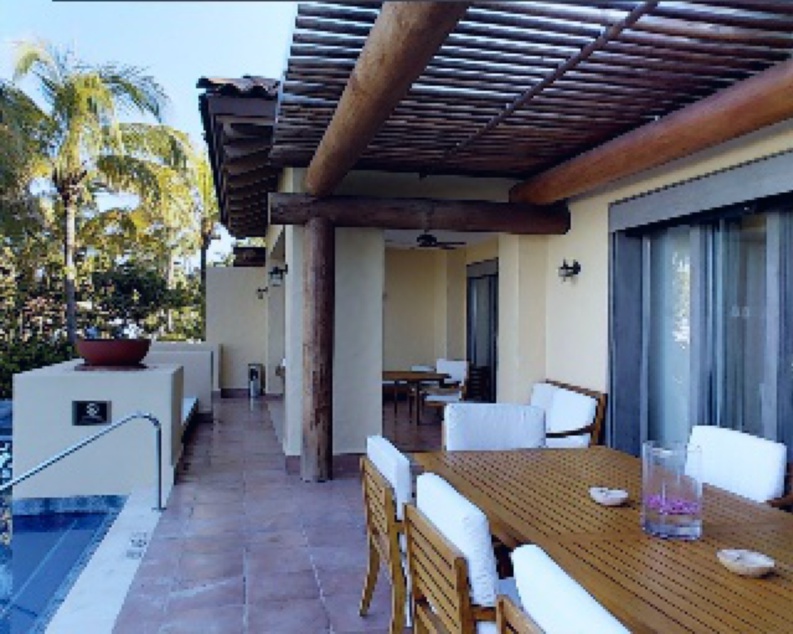Decoder Modulation for Indoor Depth Completion
Depth completion recovers a dense depth map from sensor measurements. Current methods are mostly tailored for very sparse depth measurements from LiDARs in outdoor settings, while for indoor scenes Time-of-Flight (ToF) or structured light sensors are mostly used. These sensors provide semi-dense maps, with dense measurements in some regions and almost empty in others. We propose a new model that takes into account the statistical difference between such regions. Our main contribution is a new decoder modulation branch added to the encoder-decoder architecture. The encoder extracts features from the concatenated RGB image and raw depth. Given the mask of missing values as input, the proposed modulation branch controls the decoding of a dense depth map from these features differently for different regions. This is implemented by modifying the spatial distribution of output signals inside the decoder via Spatially-Adaptive Denormalization (SPADE) blocks. Our second contribution is a novel training strategy that allows us to train on a semi-dense sensor data when the ground truth depth map is not available. Our model achieves the state of the art results on indoor Matterport3D dataset. Being designed for semi-dense input depth, our model is still competitive with LiDAR-oriented approaches on the KITTI dataset. Our training strategy significantly improves prediction quality with no dense ground truth available, as validated on the NYUv2 dataset.
PDF Abstract





 ImageNet
ImageNet
 NYUv2
NYUv2
 Matterport3D
Matterport3D
